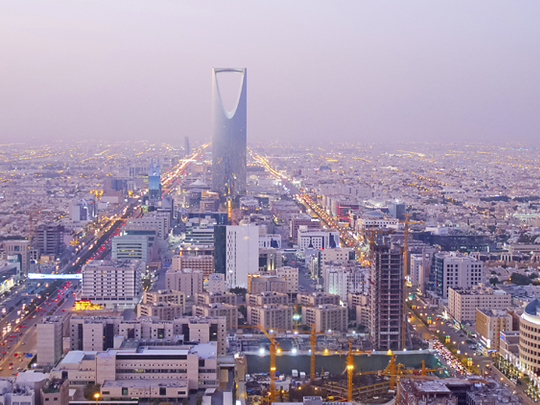
International markets are bracing themselves for fallout, as turmoil in the Middle East, and even on the fringe of Europe in Ukraine, is coupled with a mixture of turning points among leading economies. It is an especially testing period for policymakers.
The picture is bound to be even cloudier as the authorities determining benchmark interest rates take into account the geopolitical pressures, and will either be minded to delay any shock to the system or indeed be looking to provide further policy encouragement.
As it stands, expectations generally are that the US must be considering slightly tougher monetary policy, while Europe may have changed its tune on resisting further, exceptional monetary easing. A potential switch by the European Central Bank is a pending game-changer all round.
As to other examples, the UK may be the earliest to opt for (slightly) higher interest rates, while Japan’s experiment in Abenomics is close to being regarded as a failure, with yet more efforts at stimulus seemingly required amid a virtually moribund state of activity. China’s circumstances are still obscure, neither demonstrating notable impetus nor collapse.
As emerging markets have shown themselves prone to sensitivity to international capital flows (as revealed by last year’s so-called taper tantrum), it all adds up to quite a murky picture. At present indicators from the rest of Asia are modestly positive, whereas Latin America’s are somewhat negative. There is no obviously separate locomotive to drive growth independently, as used to be claimed for developing nations such as the BRICS.
Strategic tensions
Thus, as a prolonged expansionary cycle drags further on, any collective uptrend is dogged both by the structural inhibitions to growth in much of the world, the US arguably aside, and now by the business uncertainties associated with escalating strategic tensions.
For the countries of the Gulf, an uptrend has been well set since the global financial crisis, as exceptionally low interest rates have prevailed in tandem with what historically remain relatively high oil prices. Since neither of these variables is entirely within the control of GCC governments, it has been a fortuitous coincidence of influences helping the re-instigation of buoyant conditions.
Inevitably, there are alternative scenarios. Although the slight softening of oil prices recently may only be temporary, at some point interest rates should rise. That might even be welcome, in terms of signalling a return to normalization, and checking any tendency in the Gulf to speculative market excesses. Equally, it might pay to be watchful, considering the GCC’s relatively confined policy parameters.
The established pro-cyclical tendencies of monetary and fiscal policies are problematic, insofar as budgetary outlays typically swing in tandem with energy prices, and with fixed exchange rates dictating interest rates that don’t harmonize with the region’s liquidity surpluses.
As an IMF report identified earlier this year, the financial and real estate sectors can then amplify those tendencies (as in the years to 2008), leading to uncomfortable exposures, stresses and generalized volatility, which is why interventionist measures of government oversight become necessary.
In fact, with monetary policy constrained, even where counter-cyclical action may be preferred, “as domestic taxation is often limited … given implementation time lags and expenditure rigidities, fiscal policy is not always flexible enough to prevent credit booms and the build-up of systemic risk in the financial sector,” the study noted.
Steadily rising dollar
The issue now is whether such a point may be approached again. For the moment, economic growth rates do not appear overheated, and inflation rates remain sufficiently contained. A steadily rising US dollar could help equilibrate activity, raising the effective price of hydrocarbon exports and so affecting demand, while curbing import prices. Oil prices keeping close to $100 has also applied a moderating climate. It’s all guesswork.
In sum, there actually seems little to be concerned about economically, and it is natural that attention is focused instead on the political and security aspects of the broader region, and that, for instance, Saudi Arabia and the UAE have most recently discussed cementing relations in pursuit of GCC unity. Whether that might translate into another push for a six-nation currency union is another matter.
With dangers nearby, the Gulf states might well feel inclined to band together now to a greater degree than has been the case since the inception of the GCC in 1981, if sufficient common ground can be agreed.
As regional analyst Eckart Woertz put it in an article for the Barcelona Centre for International Affairs, they are “concerned that the strategic interest of the US in the region will decline as a result of its domestic shale boom [even though] that the Middle East will always remain a crucial factor for price discovery on global, fungible oil markets, even in the unlikely event of total US self-sufficiency, should alleviate such fears.”
Contingency preparations do no harm, however, especially in a global situation as fluid and combustible as has developed in the modern era.












